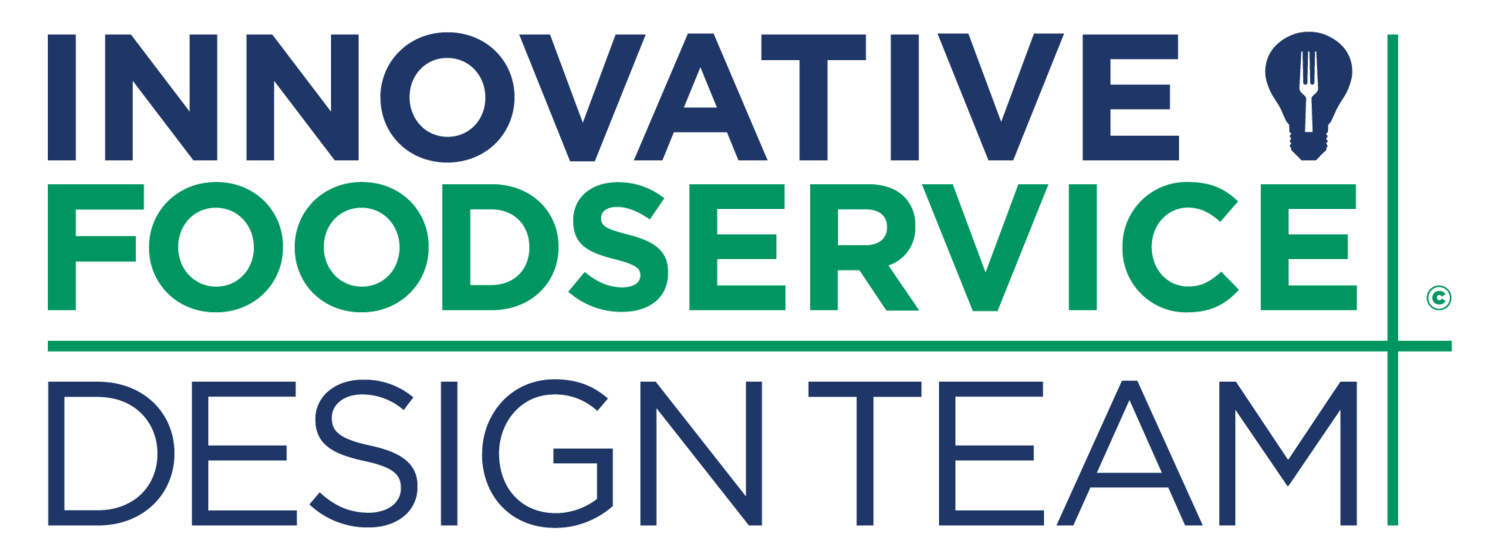The Future of Restaurant Design: Trends to Watch
As the restaurant industry continues to evolve, so too does the way we think about and approach design. In the coming years, restaurant spaces will be more than just places to eat—they will be immersive, sustainable, and adaptable environments that cater to the needs of a modern and diverse clientele. Here’s a look at the key trends shaping the future of restaurant design.
1. Sustainability at the Core
Sustainable design will become a cornerstone of the restaurant industry. Expect to see:
Eco-friendly materials like reclaimed wood, recycled metals, and biodegradable decor elements.
Energy-efficient lighting and appliances to reduce the carbon footprint.
Green spaces and living walls, which not only improve aesthetics but also enhance air quality and create a calming atmosphere.
2. Technology-Integrated Spaces
The integration of technology into restaurant design will enhance both operations and customer experiences. Features to watch include:
Self-order kiosks and contactless payment stations for convenience.
Smart kitchens equipped with IoT-enabled appliances to optimize cooking processes.
Interactive dining tables with built-in screens for browsing menus, placing orders, or even entertainment.
3. Flexible and Modular Layouts
Adaptability will be key to accommodating changing needs and preferences. Restaurants will increasingly feature:
Modular furniture that can be reconfigured for different group sizes or event setups.
Spaces designed to seamlessly transition between dine-in, takeout, and delivery models.
Multi-use areas that serve as dining spaces by day and event venues by night.
4. Emphasis on Outdoor Dining
Outdoor dining spaces, boosted by popularity during the pandemic, will remain a staple. Future designs will include:
Year-round outdoor seating with weatherproofing solutions like retractable roofs, heaters, and cooling systems.
Enhanced landscaping and thoughtful decor to create inviting al fresco environments.
5. Immersive and Experiential Design
Restaurants will focus on creating unique, memorable experiences that go beyond food. This might include:
Themed interiors that transport diners to different worlds or eras.
Interactive elements, such as open kitchens, chef’s tables, or immersive digital art installations.
Custom lighting and acoustics tailored to enhance the mood and ambiance of the space.
6. Health-Focused Layouts
With wellness becoming a priority for many, restaurant designs will reflect a commitment to health and hygiene. Innovations include:
Open and spacious layouts to avoid crowding and promote a sense of safety.
Easy-to-clean materials and surfaces that enhance hygiene.
Incorporating natural light and ventilation for a fresh and airy feel.
7. Local and Cultural Inspiration
Designs that celebrate local culture and heritage will remain in demand. Restaurants will:
Use locally sourced materials and art to reflect community pride.
Incorporate elements of traditional craftsmanship into modern spaces.
8. Dedicated Spaces for Delivery and Pickup
The rise of delivery and takeout has led to a new design focus. Restaurants will include:
Separate entrances or waiting areas for delivery drivers and pickup customers.
Efficient storage and staging areas to ensure quick and smooth order fulfillment.
9. Focus on Comfort and Inclusivity
Creating a welcoming environment for all will be paramount. Features to expect:
Comfortable seating with options for different body types and preferences.
Accessibility-first designs that prioritize mobility and inclusivity.
Spaces that cater to diverse dining needs, including family-friendly zones and quiet areas for work or intimate meals.
The future of restaurant design is bright, dynamic, and deeply attuned to the needs of both diners and operators. By embracing sustainability, technology, and adaptability, tomorrow’s restaurants will offer spaces that are not only functional but also inspiring and unforgettable.
What aspects of future restaurant design excite you the most? Share your thoughts in the comments below!
